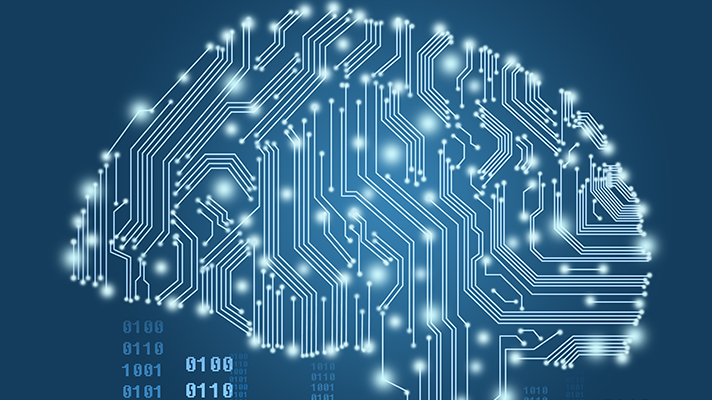
Siemens and SAS are partnering up for an artificial project that will develop new analytics for cloud and edge computing, combining SAS’ open source streaming analytics through Siemens’ MindSphere IoT platform.
It’s one of two big AI partnerships announced this week by Siemens, whose Healthineers division is also working with Intel on a cardiac MRI segmentation and analysis model that could deliver real-time diagnoses to cardiologists and radiologists with help from deep learning algorithms, the companies said.
WHY IT MATTERS
With the SAS collaboration, Siemens says healthcare and other organizations can take advantage of the two companies’ predictive analytics via the open and cloud-based MindSphere technology, enabling them to speed innovative deployments of machine learning and AI in their Internet of Things environments. The partners said they expect the new tools to be available later this year.
Meanwhile, Siemens Healthineers and Intel are working on an AI-based cardiac MRI segmentation and analysis model that officials say could help offer real-time cardiovascular diagnosis via Intel’s Xeon scalable processors for AI inference.
Siemens Healthineers, which already makes wide use of Intel CPUs, is using the Intel Distribution of OpenVINO toolkit to optimize, quantify and execute the model. So far, it’s demonstrated a 5X speed-up with almost no degradation in accuracy, the companies note.
This could save big time for time for cardiologists, eliminating the need to manually segment different parts of the heart in their imaging. AI-enabled segmentation, which occurs as soon as the image slices are generated by the scanner, enables low latency for AI inference and high throughput speed – safely increasing the number of patients who can be seen by specialists each day.
THE LARGER TREND
These partnerships are only some recent examples of the innovative applications of cloud-based AI and analytics that are coming from vendors large and small each day. To choose just some recent examples: New Epic-linked decision support from EmblemHealth, precision imaging analytics from Spanish startup QUIBIM, senior-focused AI diagnostics and clinical pathways from Lumeris and new cloud-based cybersecurity tools from Microsoft.
ON THE RECORD
About his company’s work with SAS, Stephen Bashada, general manager of Siemens MindSphere, said in a statement that “the combination of Siemens’ industrial domain knowledge with SAS’ analytics knowledge is a powerful step forward for IoT.”
Siemens “provides a platform for IoT to realize its full potential through AI,” added Peter Pugh-Jones, head of technology at SAS. “This partnership can accelerate adoption of the transformative value of IoT for our customers.”
As for the cardiology partnership with Intel, the two companies “have a shared goal to improve healthcare by applying AI where the data is generated – right at the edge using 2nd-generation Intel Xeon Scalable processors with Intel Deep Learning Boost and the Intel Distribution for OpenVINO,” said David Ryan, general manager for health and life sciences in Intel’s IoT Group, in a statement.
“We can now develop multiple real-time medical imaging use cases, such as cardiac MRI and others, using Intel Xeon Scalable processors, without the added cost or complexity of hardware accelerators,” added Dorin Comaniciu, senior vice president, Siemens Healthineers.
Twitter: @MikeMiliardHITN
Email the writer: mike.miliard@himssmedia.com
Healthcare IT News is a HIMSS Media publication.
